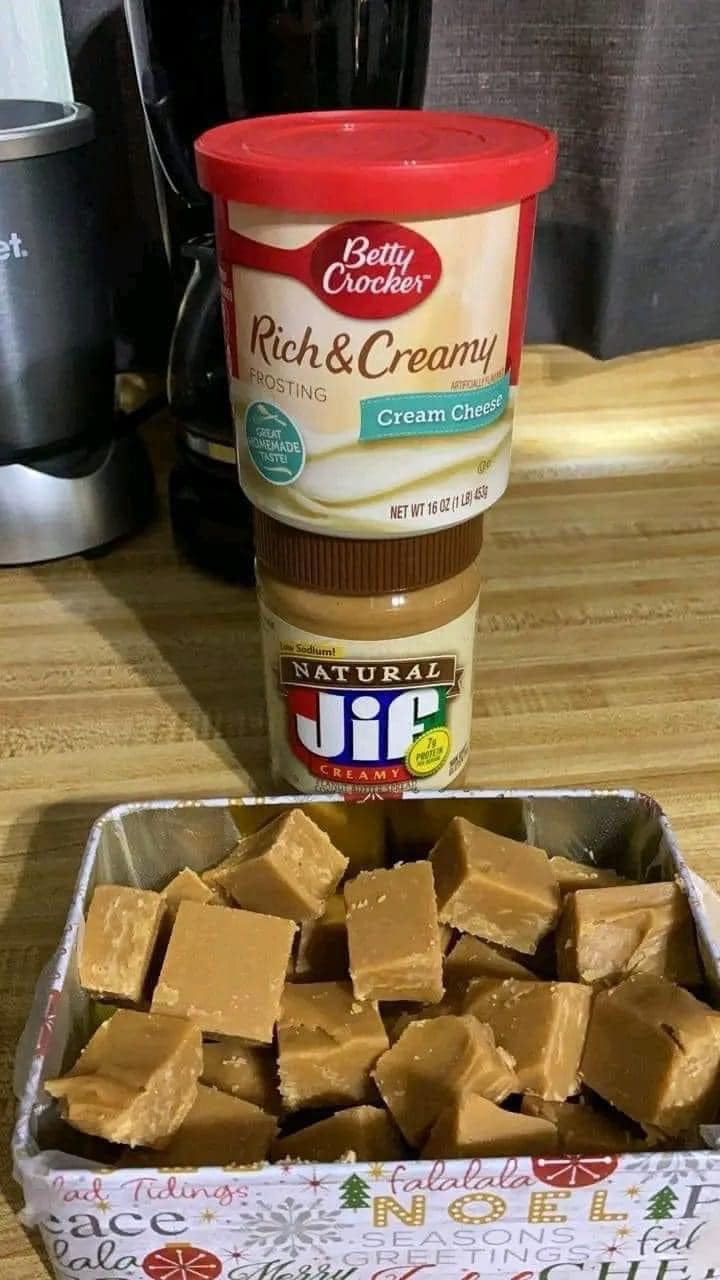Introduction
Fudge is a beloved confection known for its creamy texture and rich sweetness. Originating in the United States during the late 19th century, fudge has become a staple at fairs, holidays, and special gatherings. The simplicity of ingredients yet the need for precision makes it both accessible and challenging to master.
Origin and Cultural Significance
Fudge was reportedly first created by accident in the U.S. when a batch of caramels was “fudged,” hence the name. Fudge quickly gained popularity, especially in areas like Mackinac Island, Michigan, which is famous for its various fudge shops. Today, fudge is often associated with celebrations, especially during the winter holiday season. It’s frequently given as a homemade gift, wrapped in festive packaging.
Ingredients (Quantities for Basic Fudge)
•2 cups sugar
•½ cup milk
•1 cup butter (or margarine)
•2/3 cup peanut butter (for peanut butter fudge)
•1 teaspoon vanilla extract
Optional Additions
•Nuts (e.g., chopped pecans or walnuts)
•Chocolate chips (for chocolate fudge)
•Sea salt (for salted fudge)
•Marshmallow fluff (for added creaminess)
Tips for Success
•Use a candy thermometer: To avoid gritty fudge, it’s essential to cook the mixture to the correct temperature (234°F or soft-ball stage).
•Avoid stirring after boiling begins to prevent crystallization.
•Work quickly when adding ingredients like vanilla or nuts before the fudge cools.
•Allow fudge to set properly: Give it time to cool in the refrigerator or at room temperature to get the perfect texture.
Instructions
1.Prepare the pan: Line an 8×8-inch baking dish with parchment paper or lightly grease it with butter.
2.Cook the sugar mixture: In a medium saucepan, combine the sugar, milk, and butter. Cook over medium heat, stirring occasionally, until the sugar has dissolved.
3.Bring to a boil: Let the mixture come to a rolling boil. If you’re using a candy thermometer, cook until the mixture reaches the soft-ball stage (234°F).
4.Add peanut butter and vanilla: Remove from heat. Stir in the peanut butter and vanilla extract (and optional add-ins like nuts or chocolate chips) until smooth.
5.Pour and set: Quickly pour the mixture into the prepared pan and spread it out evenly. Let the fudge cool at room temperature or in the fridge until it sets, about 2-3 hours.
6.Cut and serve: Once the fudge is firm, cut it into squares and enjoy!
Description
This fudge recipe results in a rich, creamy, and decadent treat. It has a smooth and soft texture that melts in your mouth, with a subtle vanilla or peanut butter flavor. The combination of sugar and butter provides a balanced sweetness, making it irresistible for anyone with a sweet tooth.
Nutritional Information (Per serving, based on a 1-inch square)
•Calories: ~150
•Fat: 8g
•Carbohydrates: 20g
•Sugars: 18g
•Protein: 1g
(Note: Nutritional values will vary based on any additional ingredients such as chocolate, nuts, or marshmallows.)
Conclusion and Recommendation
Fudge is an easy yet indulgent dessert perfect for gifting or enjoying as a personal treat. Whether you stick with the classic vanilla or peanut butter fudge or add extras like nuts or marshmallows, the result is always a crowd-pleaser.
Embracing Healthful Indulgence
While fudge is inherently rich, small portions can be enjoyed in moderation as part of a balanced diet. If you’re looking to make it healthier, consider reducing the sugar slightly or substituting some ingredients (e.g., using almond butter instead of peanut butter). Another option is to serve the fudge with fresh fruit or other fiber-rich foods to balance the sweetness.
Enjoy crafting this decadent homemade fudge!
